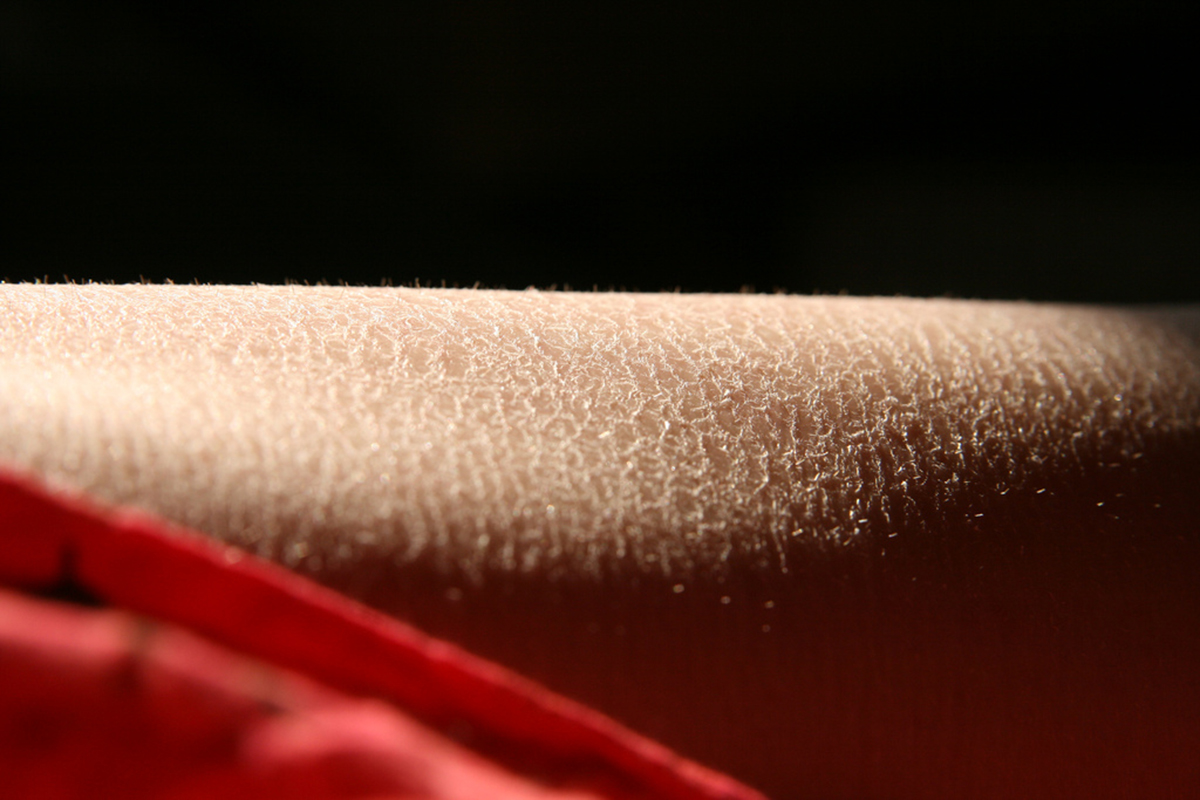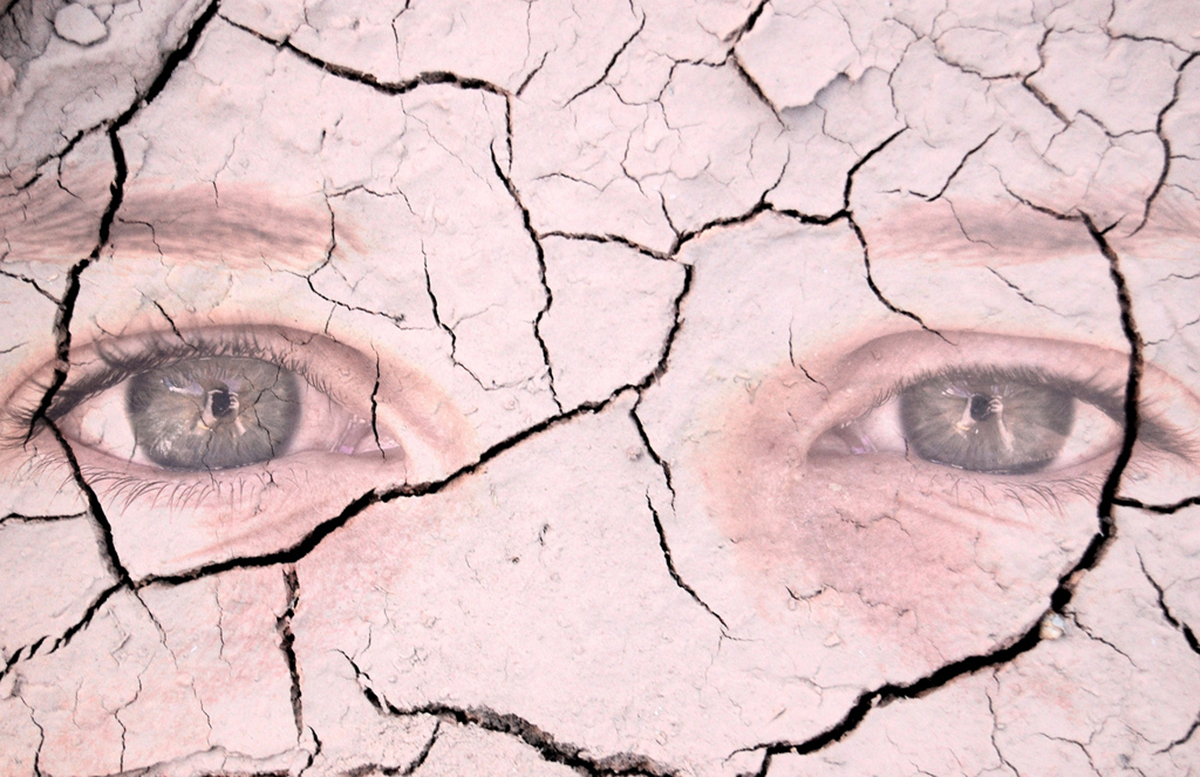A large proportion of people, particularly women, will suffer from some level of dry skin. Men do suffer it as well, but they don’t tend to be concerned about it like women are. The winter months are especially cruel for those with dry skin, due to the temperatures, the air environment and warm bathing. But when is dry skin more than just a minor problem?

What Is Ichthyosis?
For people with this condition, dry skin is far more severe, and it can be hugely debilitating for many. Around 20 different varieties of ichthyosis are known, and many of them are caused by a genetic mutation. When it is not a genetic disorder, acquired ichthyosis is often due to an underlying medical condition.
What Are The Symptoms Of Ichthyosis?
The symptoms that accompany this disorder vary depending on what form of ichthyosis you have. The most common form is called Ichthyosis vulgaris, and the symptoms can range in severity from moderate to severe. They can include:
- Itchy skin
- Scales on the skin
- Brown, white or gray coloration of the scales
- Flaky scalp
- Severe dryness of the skin
- Skin that is thickened
Where On The Body Does Ichthyosis Occur?
The most common sites of occurrence include the lower legs and the elbows. The shins are notorious for being the main site of ichthyosis vulgaris. When it is at its most severe, the skin can actually crack, which is very painful, like a sharp stinging sensation. Cracked skin can take appear on the legs, feet and elbows.
Diagnosing Ichthyosis
If a doctor suspects you may have ichthyosis based on a physical examination, you would normally be referred to a dermatologist for further assessment. Often no further tests are needed to make the diagnosis, as it is obvious by sight, but sometimes a biopsy of the skin may be taken or a blood test may be required to rule out any other possible skin disorders.
What Are Your Treatment Options?
Like any regular form of dry skin, moisturizing is imperative. The difference is that the moisturizing creams used are usually much thicker and stronger than regular brands of moisturizer. Whereas in ordinary dry skin you may apply the cream once or twice a day, a patient with ichthyosis will need to do so several times a day.
Other types of creams that may be prescribed by your doctor to help control the itching, inflammation and removal of dead skin may include these ingredients:
- Lactic acid
- Alpha hydroxy acids
- Retinoids
- Vitamin D supplements
Complications Of Ichthyosis Vulgaris
When the condition is severe, there are complications that can occur. These can include:
- Infection of the skin from irritation and scratching
- Cracking of the skin
- Overheating of the body
- Reduced movement due to pain
- Hearing and eyesight impairment
Harlequin Ichthyosis: A Rare And Dangerous Form Of Ichthyosis
Also known as Harlequin Baby, Harlequin ichthyosis is the most severe of all forms of ichthyosis. It is also the rarest, with around five babies born with the disease each year in the UK. However, there is also an extremely high fatality rate with these babies, so numbers of people with the disease are very small around the world.

Symptoms Of Harlequin Ichthyosis
- Thick plates of skin that resemble armor
- Scaly, dry skin
- Swelling of the skin and eyes
- Poor development of ears
- Delay in physical development
- Sparse hair on the head and the body
- Tightness of the skin
- Lips and eyelids turned inside out
- Difficulties with eating and breathing
- Small feet and hands
- Body temperature disorders
- Dehydration
Treatment At Birth
Harlequin babies require constant nursing care, to assist with feeding and to manage the skin. The skin must be moisturized and softened, and is more effective after a bath when the skin is still moist from the water. The softer the skin is, the less cracking will occur, reducing the pain experienced by the infant. In some cases, medication may need to be given to further manage the symptoms.
Babies with Harlequin ichthyosis are almost always delivered early, as preterm infants. This further enhances the difficulties in keeping the baby alive. Premature babies can have a host of serious problems, particularly affecting the heart, the kidneys and the brain.
Life Expectancy
In earlier times, the life expectancy of a baby born with Harlequin ichthyosis was generally given as just a few days. More often than not, this was due to the severe dehydration the babies were often plagued with or the result of a superimposed infection from the cracking and peeling of the skin. When large amounts of skin come off, the body struggles to regulate the temperature, which can cause the baby to go into shock. Also, with the thick plates of skin covering most of the body surface, the baby can overheat as the skin can’t breathe.
More recently there have been a number of advances in the treatment of Harlequin ichthyosis. Unfortunately there is no known cure, but ongoing treatments and management can help to prolong the life of a Harlequin sufferer. The most notable change to the treatment regime is the addition of drugs such as retinoids.
READ Survey: Most People Unable To Recognize Skin Cancer (Could YOU Have Melanoma And Not Know It?)
As of 2014, the oldest living person with Harlequin ichthyosis resided in the UK, and had reached the age of 30. There has also been a case of a woman in the US with Harlequin giving birth to a baby born without the condition. It just goes to show, that with the advances in treatment and research now means that Harlequin ichthyosis does not have to be a death sentence.
- Photo courtesy of quinn.anya via Flickr: www.flickr.com/photos/quinnanya/2535536849
- Photo courtesy of rcadby14 via Flickr: www.flickr.com/photos/ryancadby/7964649342

